The message for travelers is clear: be responsible. But with the right guide, ocean-lovers can still experience Costa Rica’s incredible marine assets and, often, support conservation efforts in these waters too. Here’s our pick of the country’s marine hotspots and how to experience them responsibly.
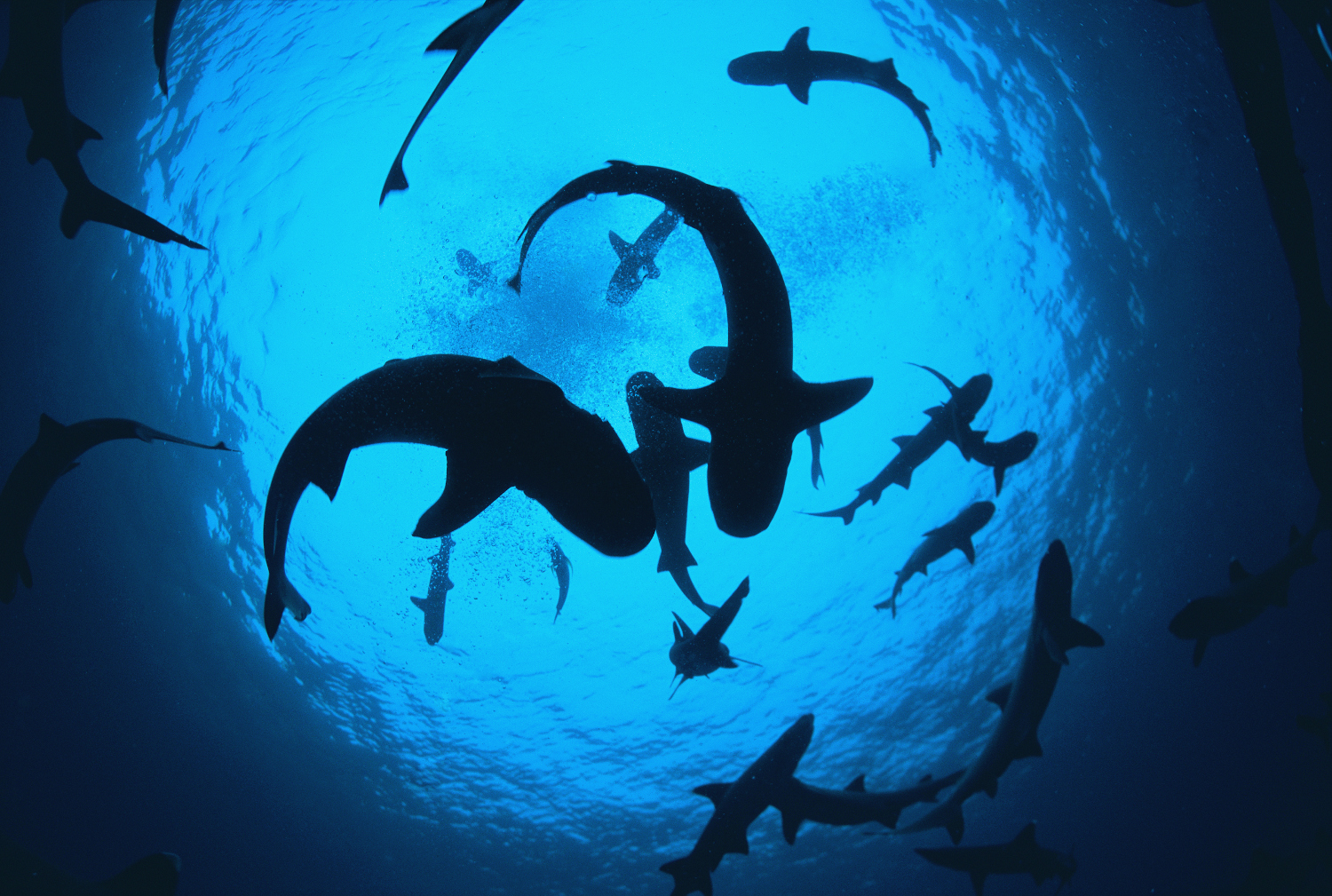
Cocos Island – an old pirate haunt perched 300 miles off the coast, brims with wildlife and (supposedly) buried treasure. Declared a Unesco World Heritage Site in 1997 and featured in Jurassic Park, the island offers some of the most dazzling underwater adventures in the world.
Endangered scalloped hammerhead sharks as well as tiger sharks still swivel through the water by the hundreds, and massive schools of jacks and yellowfin tuna abound. Beneath the waves, experienced divers will marvel at the abundance of undersea life, and visitors on the surface will encounter leaping dolphins, gliding giant manta rays and drifting sea turtles.
How? Getting to the island is a journey in itself; it takes about 30 hours by boat with occasional tours run from Puntarenas on the Central Pacific Coast by operator Undersea Hunter. The company offers live-aboard trips to Cocos Island, has its own submarine and conducts scientific research on sea turtles and sharks in the area.
When? Year-round.
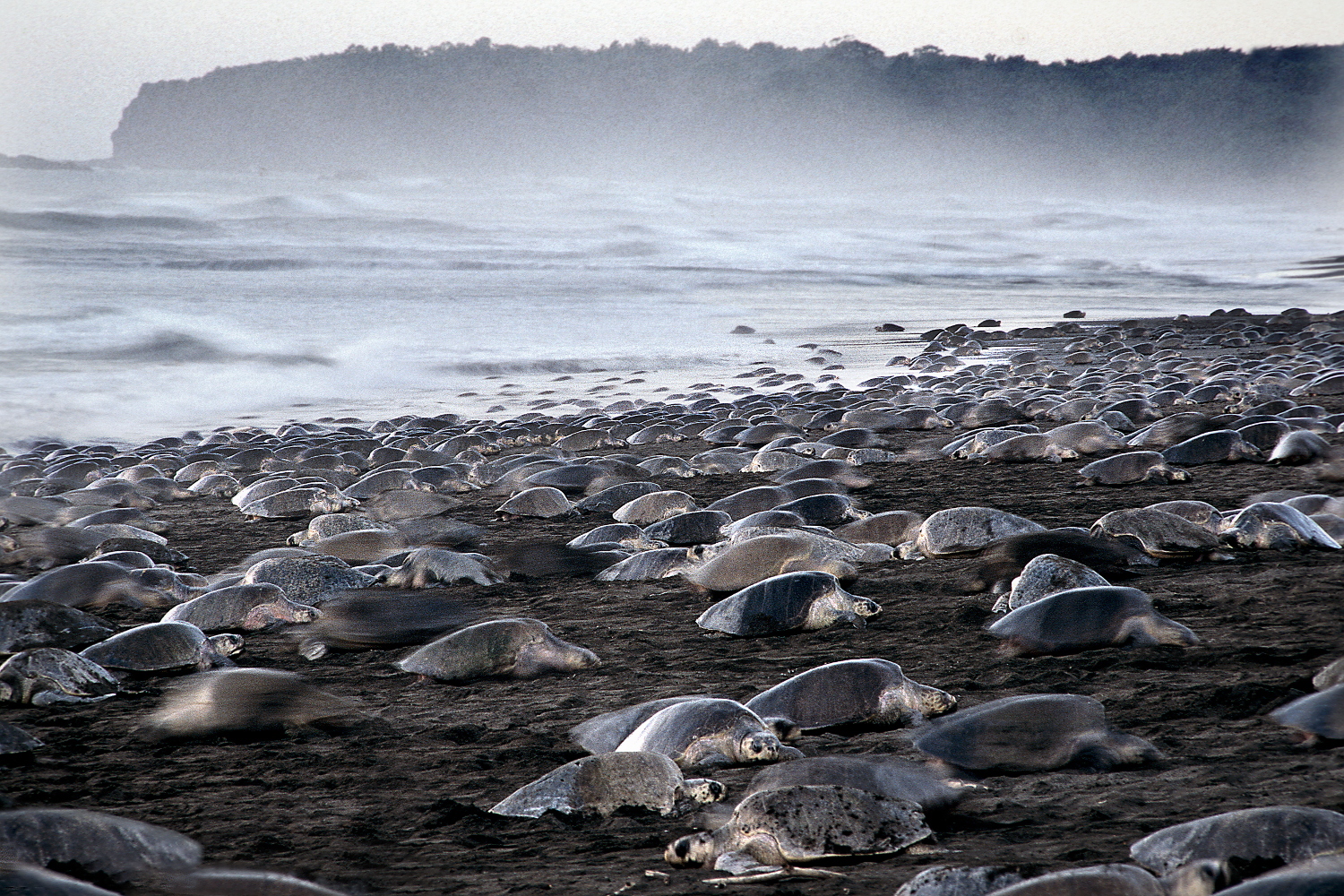
Spotting one sea turtle is exciting. Encountering thousands is an experience people never forget. On Costa Rica’s Playa Ostional, visitors watch as hundreds of thousands of them paddle ashore and drag their bodies through the fine white sand. During these turtle gatherings – known locally as arribadas – the turtles lay millions of eggs the size and color of ping-pong balls, which will eventually hatch into as many tiny baby turtles. The luckiest of travelers may also get to watch as these youngsters stumble toward the sea.
Although turtle watching tours are offered through hotels in the area, visitors to the beach are required to employ a local guide in support of the Ostional community. These informative guides will tell you the stories of the turtles as you stand just a few footsteps away. (Note: Flash photography is not permitted as it temporarily blinds the animals.)
How? A tour with a local guide at Playa Ostional's wildlife refuge during an arribada can be arranged upon arrival. For more information, visit the guides’ Facebook page (facebook.com/Asociacion.Guias.Ostional) or call (+506) 2682-0482.
When? Arribadas take over the beach during the last quarter moon, but they are particularly well attended during the rainy months, from June to December.
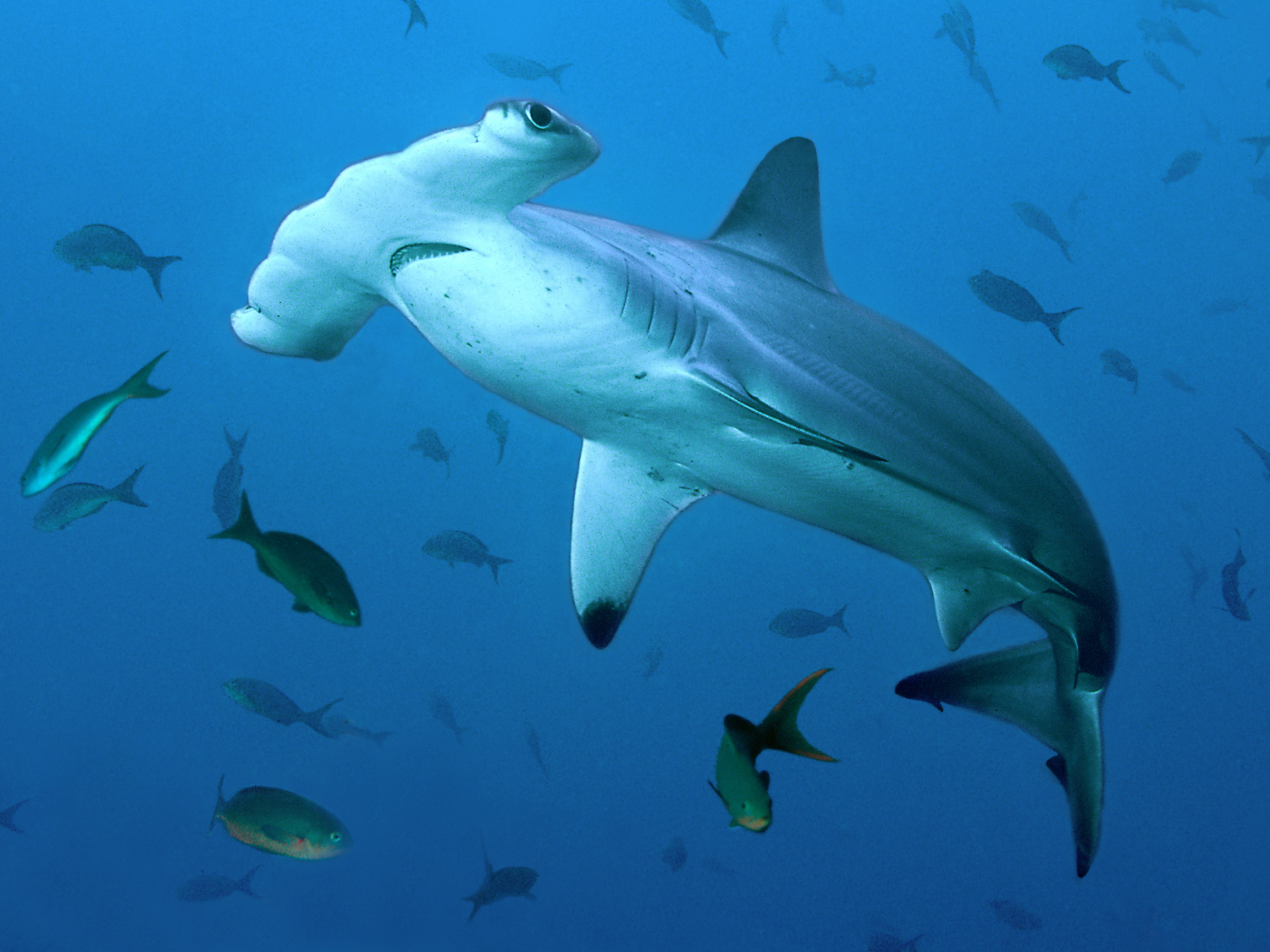
'The Bats,' as these islands off Costa Rica’s northern pacific shores are affectionately known (officially, they’re the Islas Murciélago), are teeming with bull sharks. Getting a close look at these powerful sea monsters, which grow up to 16ft, is the best (but not the only) reason to go. Multicolored fish and giant stingrays also glide past stunning undersea rock formations and twisting caverns 65ft below the surface. Strong currents mean this dive is only suitable for those with experience. Beginners will appreciate the nearby Catalina Islands or the islet of Monkey Head, which attracts regal angelfish and writhing crustaceans.
How? Although there are many dive outfits in beach towns along the coast, those with a strong interest in ocean science should seek out Ernst Van der Poll – a South African underwater guru who runs private expeditions through ConnectOcean (connectocean.org), a nonprofit that supports conservation projects in the area. The boat, a 43ft research vessel called The Aguila, is equipped for underwater filming and photography and accommodates small, private groups.
When? Prime shark-viewing time is May to September.
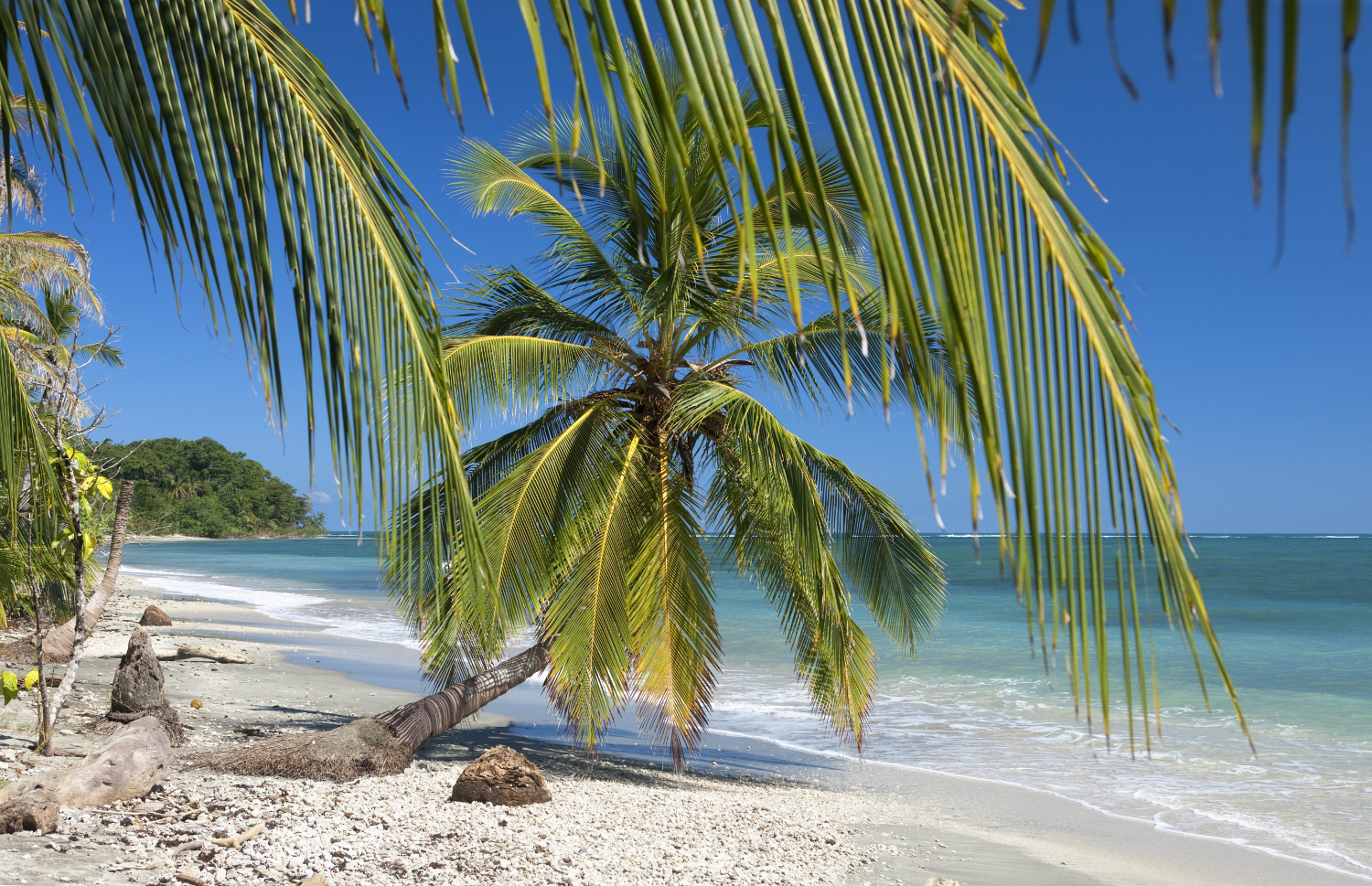
For those who prefer a relaxing snorkel to a deep-sea dive, make for the Southern Caribbean. This is the only place in the country where coral still exists, along with all the tropical creatures at the top of the reef’s food chain. Think graceful nurse sharks, spiny lobsters and coiling octopi. The best snorkeling can be found in Cahuita National Park, a marine reserve established in the 1970s specifically to protect the reef and surrounding wildlife. With nearly 600 acres of living coral, this area supports more than 100 species of fish. Not far from the reef and just a few meters down, snorkelers can also discover an 18th century slave ship that never arrived in Limón.
A swim in the park requires that visitors hire a guide, mainly to be sure no further damage is done to the coral (an earthquake in 1991 shook up the reef, and the dreaded lionfish – an invasive predator – has also been causing trouble).
How? Snorkeling House (snorkelinghouse.com), an eco-friendly operator whose owners also designs tropical gardens, offers informative tours daily.
When? The conditions are most favorable between the months of February and April, when the water is at its clearest. On days where the visibility is poor, guests should consider remaining on land.
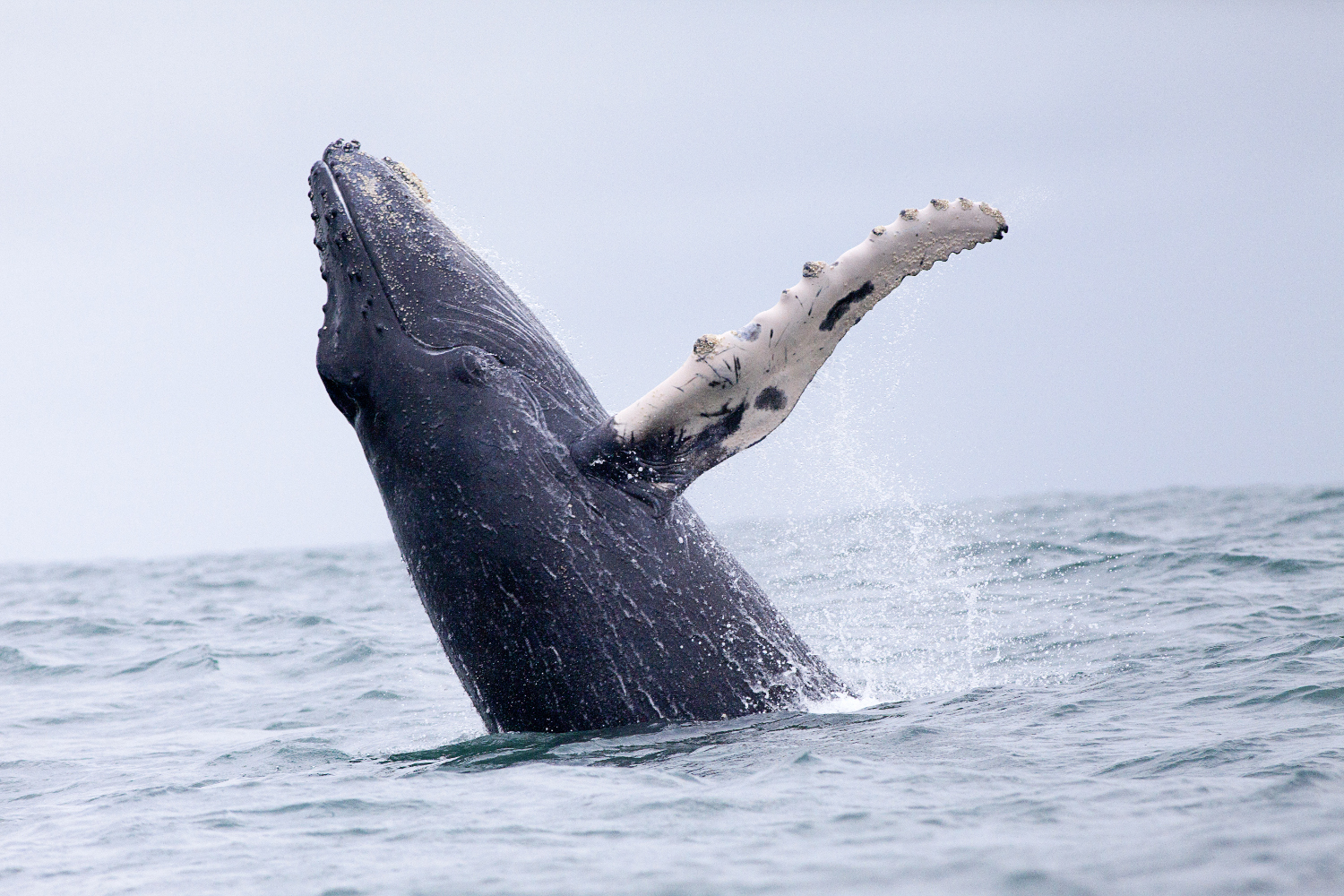
Rich in nutrients, the deep waters off the Osa Peninsula tend to attract large sea mammals in droves. Spinner dolphins have been known to travel in super pods numbering into the thousands and occasionally a lucky boat tour happens upon one. But even if you don’t spot a super pod, a safari at sea is often rewarding: in certain months, migrating, 40-ton humpback whales shoot water out of their blowholes and flip their enormous tales into the air. They’ve also been known to sing to each other and nurse their calves right next to tourist boats.
How? Tours take off from Drake Bay and Uvita, which his home to the famous whale-tail shaped coastline of the Marino Ballena National Park. The area hosts a yearly Dolphin and Whale Festival in September, during which whale tours depart every hour.
When? In Uvita, tour operator Bahia Aventuras (bahiaaventuras.com) offers dolphin and whale trips year round. The whale season generally runs between the months of March and April and July and October.